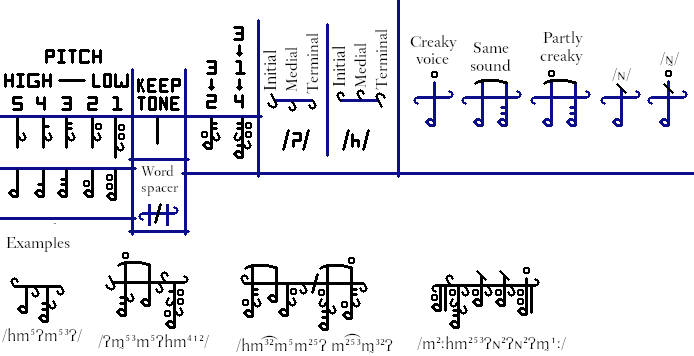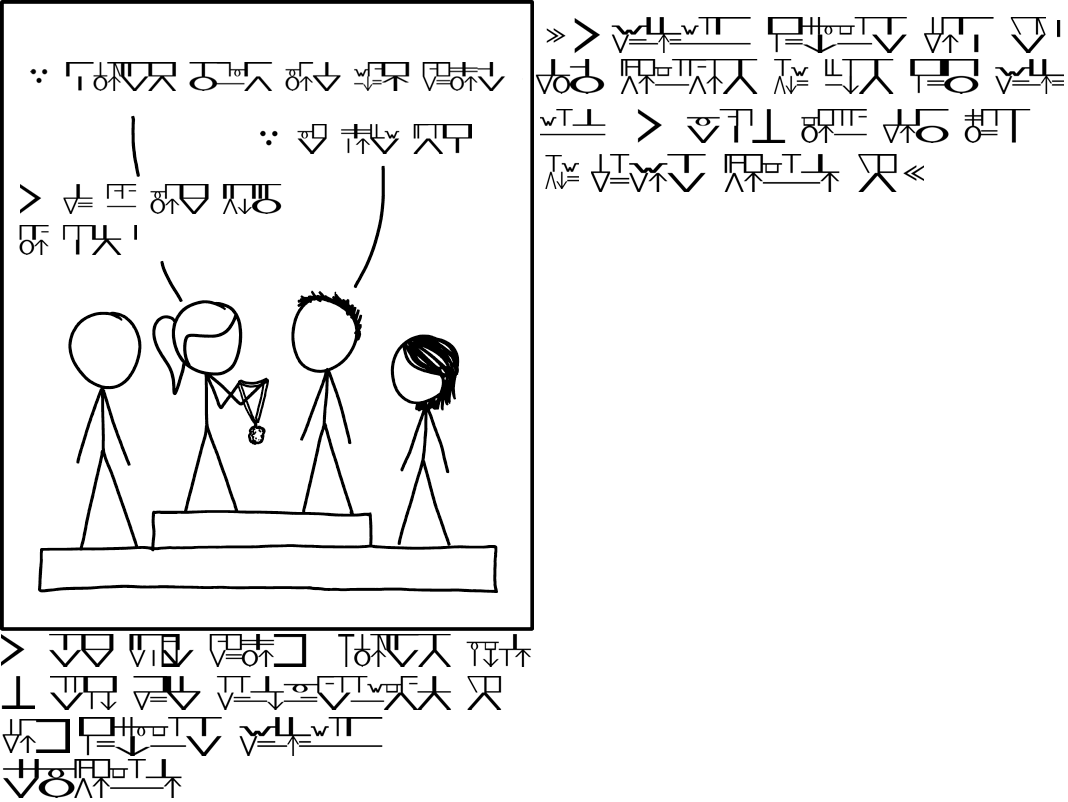I hope this practice tool will help.
cross-posted from: https://lemmy.world/post/19732693
Hello.
Gamified Language Learning Tool in Godot 4.x


I was working on this several months ago, but decided to completely restart and try again two weeks ago. Had a lot of business to take care of so could only do a few sessions of work.
Primary reason as to why I scrapped the first project was because I could not figure out a proper "green theming" and colors for the various Android screens. What it looks like on my computer can be totally different. I had the same issue with Fruity Game.
Basically, this is an open source Duolingo styled language learning app.
You can create courses/lessons for any language you want. This includes constructed or unofficially recognized languages.
The metadata repository comes from just the very basic idea of F-Droid.
Here are some examples of metadata:
"course": {"Form basic sentences": {"lessons": [{"challenges": [...]}]}, "Order in a cafe": {...}, "Speak about family": {...}
{"comment": "", "challenges": [{"type": "choice", "inquiry": "¿Tú bebes agua?", "options": [...], "correct": [...]}]]}The README goes more in depth on how everything is structured.
Forgive me for lack of comments within the code. I wanted to get a quick prototype out to show a friend. I will make everything more readable soon enough.
The name probably makes no sense, but I could not find anything else.
NOTE: The app currently tries to detect your system language to only download courses from that, but there is only "en_US" available.
Web and Desktop versions are planned!
As a conlang enjoyer:
- not a fan of Anki
- polyglot is java
- conlang workshop is in development
CODE REPOSITORY: https://codeberg.org/MarshReaper/Labrung METADATA REPOSITORY: https://codeberg.org/MarshReaper/Labrung_CourseMetadata




